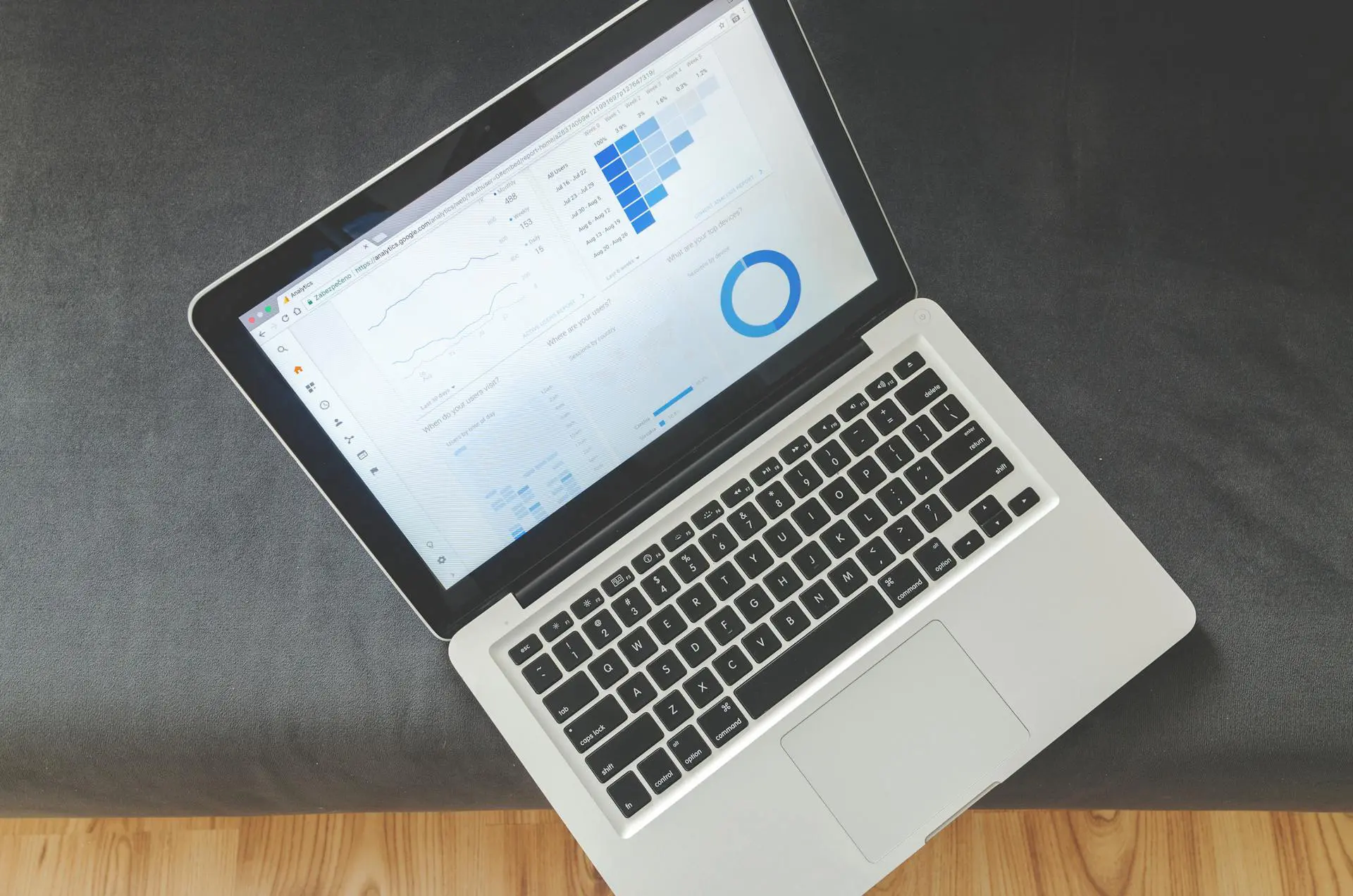Data’s increasing volume and complexity have led to the emergence of two crucial disciplines: data governance and data analytics.
Understanding the relationship between data governance and data analytics is essential for organizations to maximize the value of their data assets. A global survey of 1,200 companies found that 80% reported a revenue boost from using real-time data analytics.
First of all, what are data governance and data analytics?
Data governance is a set of practices and processes that ensure data is managed consistently and responsibly throughout an organization. Data analytics is the process of examining that data to draw insights and conclusions that can inform decision-making.
This blog post will take a closer look at these concepts, their differences, and how they work together to produce better business insights.
Data governance and Data analytics: what’s the difference?
Data governance focuses on managing and controlling data assets throughout their lifecycle, while data analytics aims to extract insights from data at specific points in time. Governance establishes the framework, policies, and standards for data management, whereas analytics applies various techniques to uncover patterns and trends within the data.
The people involved in these disciplines also differ, with governance requiring a cross-functional team, including data stewards, compliance officers, and IT professionals. Conversely, analytics involves specialized teams with data scientists, business analysts, and domain experts.
Timeframes also set these disciplines apart. Governance is an ongoing process with continuous monitoring and improvement, while analytics projects typically have defined timeframes and specific objectives.
The outcomes of these efforts vary, too. Governance improves data quality, reduces risks, and enhances compliance, whereas analytics produces insights, predictions, and recommendations for business needs.
Even the tools and technologies used differ. Governance relies on data catalogs, metadata management systems, and data quality tools. Analytics utilizes statistical software, machine learning, AI platforms, and business intelligence tools.
Lastly, they address different challenges. Governance tackles data silos, inconsistent definitions, and regulatory compliance. Analytics addresses issues like identifying market trends, optimizing operations, and predicting customer behavior.
In essence, data governance creates a trusted data environment, enabling analytics to generate more reliable and valuable results. While governance sets the rules of the game, analytics plays to win.
How better data governance supports data analytics
Let’s explore how robust data governance enhances data analytics capabilities:
Setting the foundation for success
Good data governance sets the stage for successful analytics by ensuring your data is high-quality, reliable, and easy to use. It’s like preparing a well-organized workspace before starting a big project.
Enhancing efficiency and trust
When data is well-governed, analysts can quickly find what they need and trust what they’re working with. This saves time and boosts confidence in the results. Plus, with clear ownership and accountability, getting the right permissions becomes a breeze.
Creating a shared data language
It’s not just about access – it’s about understanding, too. Governance creates a common language for data across your organization. This shared understanding helps everyone interpret data consistently, leading to more accurate insights and fewer misunderstandings.
Enabling secure, advanced analytics
Good governance shows its real value as your analytics projects grow more complex. It helps integrate data from various sources, allowing for more comprehensive analyses. At the same time, it ensures sensitive information is handled correctly, keeping you compliant and secure.
Standardizing analytics processes
Governance also brings consistency to your analytics processes. Guiding the choice of tools and methods helps different teams produce comparable results, making building on insights across the organization easier.
Ensuring data freshness and relevance
Let’s not forget about keeping things current. Good governance ensures your analysts are constantly working with up-to-date, relevant data – it’s like having a constantly refreshed dataset at your fingertips.
Supporting better decision-making
Data governance isn’t just about control – it’s about empowering your analytics team to deliver better insights and drive smarter decision-making across your organization.
Here are some quick tips for improving data governance to enhance your business insights:
-
- Create a data catalog: Think of it as a map for your data. It helps analysts quickly find what they need, saving time and boosting productivity.
-
- Set clear data quality standards: Implement automated monitoring and MDM systems. It’s like having a quality control system for your data, ensuring reliable inputs for your analytics.
-
- Manage your metadata: This provides context for your data. It’s the backstory that helps analysts understand where data comes from and how it relates to other information.
-
- Build a business glossary: Create a shared vocabulary for your data. When everyone speaks the same language, misunderstandings decrease, and insights improve.
-
- Track data lineage: Document your data’s journey from source to use. This transparency builds trust in your analytics results and makes it easier to validate findings.
-
- Foster a data-driven culture: Promote data literacy across your organization. When everyone understands the value of good data practices, your governance efforts will have more impact.
-
- Establish a governance committee: This group can steer your data initiatives, ensuring they align with business goals and support analytics projects rather than hinder them.
-
- Balance security and access: Use role-based controls and data masking to protect sensitive information while still enabling analytics. It’s about finding the sweet spot between data protection and data utilization.
A sound investment
Data governance and data analytics are like two sides of the same coin – you need both to extract the full value from your data.
When you invest in good governance, you’re laying a solid foundation for your analytics efforts. It’s about ensuring your data is trustworthy, accessible, and ready for action.
Share this post
Featured Resources
No featured post selected.






















































